1/35 Horch V8 Type 830R
49,49€
Solo quedan 1 disponibles

*Please check our Privacy Policies to see how to we use your personal data.
*Por favor revisa nuestra Política de Privacidad para ver como tratamos tus datos personales
Roden 1/35 Horch V8 Type 830R
In the late 1920s, when Germany was still under the strict restrictions of the Versailles Treaty, which prohibited it from having a large army and heavy equipment, as well as combat aviation, the main efforts of the military leadership of the Reichswehr were directed to the improvement of the army’s motor vehicle fleet. This applied to both military trucks and passenger cars, the main task of which, as always, was the transportation of officers. The main goal was the simplification of the design and its maximum unification with already available serial civilian models.
The Horch automobile company was founded back in 1909 by the engineer August Horch, who had previously worked for the founder of the industry Karl Benz. In 1932, together with three other manufacturers, it joined the AutoUnion concern, which quickly became one of the leaders of the automotive industry. Sensing the change in the policy of the new government of the country, Horch began to pay more attention to the development of the military direction. In 1933, after the appearance of the new civilian car Horch 830, work began on its military modification, Horch 830R (military index, Kfz.11). The developers, based on the requirements of the military, did not limit themselves to simply replacing the civilian body with a simplified military one.
The chassis was significantly strengthened, the track became wider, profiled rubber was installed on the slightly enlarged wheels to improve patency. It ended up being a typical simplified design with canvas scrolls instead of doors, rifle mounts and greatly simplified seating for four. A hook for towing 37 mm light guns was mounted in the rear part of the frame. In 1934, they managed to produce 6 units of this car, but the main orders were ahead.
After the departure of the authorities from compliance with the Versailles agreements, the newly created Wehrmacht needed all kinds of weapons in an insane amount, and at that moment Horch was the only one who could offer a light army vehicle in significant quantities. From 1935 to 1937, another 3,972 units of the Horch 830R were produced, until more modern models appeared.
Immediately after the beginning of the Second World War, the Horch 830R, together with other types of light army vehicles, were widely used during the occupation of European countries, but in 1941, after the invasion of the boundless spaces of the Soviet Union, where there was no road infrastructure at all, for them, as well as hard times have begun for many other types of machines. Drive only on the rear axle significantly limited their capabilities, which immediately affected the number of losses. Already in 1943, their number at the front was insignificant, and in the units on the front lines they had long since been absent at all.
The Horch 830R is rightfully considered the first of the Kubelwagen type machines – the most simplified civilian models for the needs of the army. Each of the countries had cars of a similar purpose, and each country was looking for its own way to create the most convenient army car. And in this sense, the Horch 830R can be considered a classic of military automobile construction.
Roden 1/35 Horch V8 Type 830R
A finales de la década de 1920, cuando Alemania aún estaba sometida a las estrictas restricciones del Tratado de Versalles, que le prohibía disponer de un gran ejército y equipo pesado, así como de aviación de combate, los principales esfuerzos de la cúpula militar del Reichswehr se dirigieron a la mejora de la flota de vehículos a motor del ejército. Esto se aplicaba tanto a los camiones militares como a los turismos, cuya principal tarea, como siempre, era el transporte de oficiales. El objetivo principal era la simplificación del diseño y su máxima unificación con los modelos civiles de serie ya disponibles.
La empresa automovilística Horch fue fundada en 1909 por el ingeniero August Horch, que anteriormente había trabajado para el fundador de la industria Karl Benz. En 1932, junto con otros tres fabricantes, se unió al consorcio AutoUnion, que rápidamente se convirtió en uno de los líderes de la industria automovilística. Al percibir el cambio en la política del nuevo gobierno del país, Horch empezó a prestar más atención al desarrollo de la dirección militar. En 1933, tras la aparición del nuevo automóvil civil Horch 830, se empezó a trabajar en su modificación militar, el Horch 830R (índice militar, Kfz.11). Los desarrolladores, basándose en los requisitos de los militares, no se limitaron a sustituir simplemente la carrocería civil por una militar simplificada.
El chasis se reforzó considerablemente, la vía se hizo más ancha, se instalaron gomas perfiladas en las ruedas ligeramente agrandadas para mejorar la permeabilidad. Acabó siendo un típico diseño simplificado con volutas de lona en lugar de puertas, soportes para fusiles y asientos para cuatro personas muy simplificados. En la parte trasera del bastidor se montó un gancho para remolcar cañones ligeros de 37 mm. En 1934 se consiguieron producir 6 unidades de este coche, pero los pedidos principales se adelantaron.
Tras la salida de las autoridades del cumplimiento de los acuerdos de Versalles, la recién creada Wehrmacht necesitaba todo tipo de armamento en una cantidad demencial, y en ese momento Horch era el único que podía ofrecer un vehículo ligero del ejército en cantidades significativas. De 1935 a 1937 se fabricaron otras 3.972 unidades del Horch 830R, hasta que aparecieron modelos más modernos.
Inmediatamente después del comienzo de la Segunda Guerra Mundial, el Horch 830R, junto con otros tipos de vehículos ligeros del ejército, fueron ampliamente utilizados durante la ocupación de los países europeos, pero en 1941, después de la invasión de los espacios ilimitados de la Unión Soviética, donde no había infraestructura vial en absoluto, para ellos, así como los tiempos difíciles han comenzado para muchos otros tipos de máquinas. Drive sólo en el eje trasero limitado significativamente sus capacidades, lo que afectó de inmediato el número de pérdidas. Ya en 1943, su número en el frente era insignificante, y en las unidades en las líneas del frente hacía tiempo que habían desaparecido por completo.
El Horch 830R se considera con razón la primera de las máquinas del tipo Kubelwagen, los modelos civiles más simplificados para las necesidades del ejército. Cada uno de los países tenía automóviles con una finalidad similar, y cada país buscaba su propia manera de crear el automóvil militar más conveniente. Y en este sentido, el Horch 830R puede considerarse un clásico de la construcción de automóviles militares.



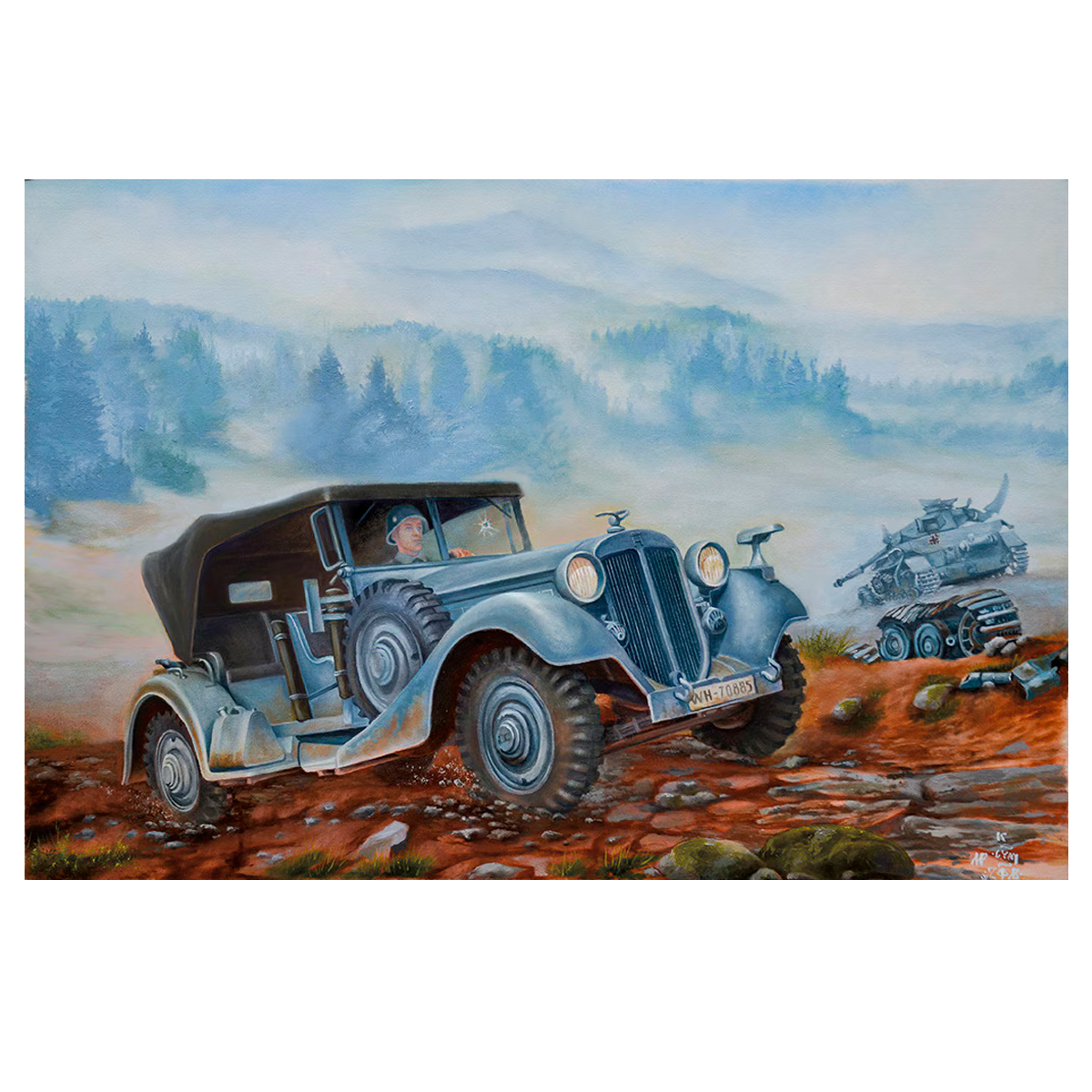
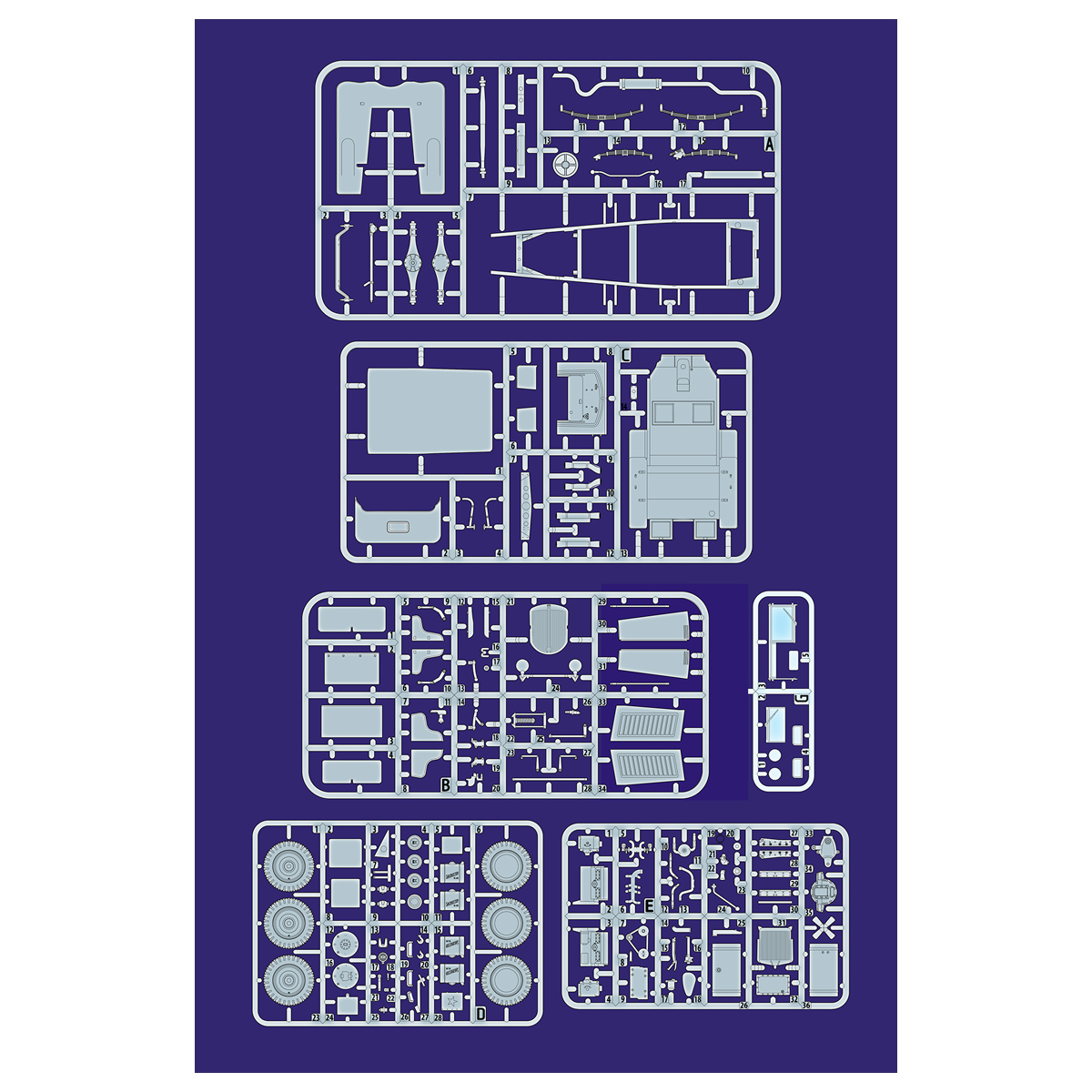
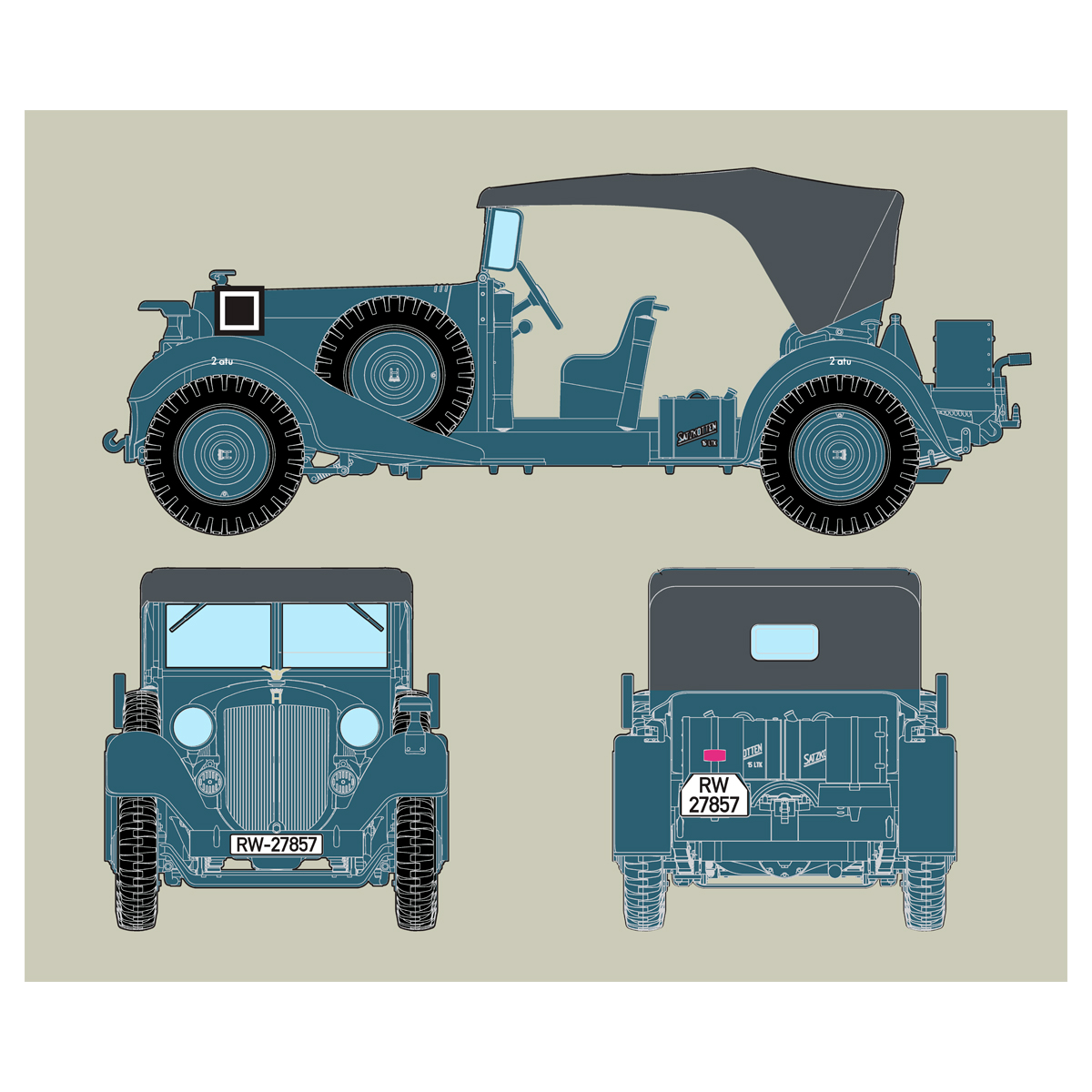
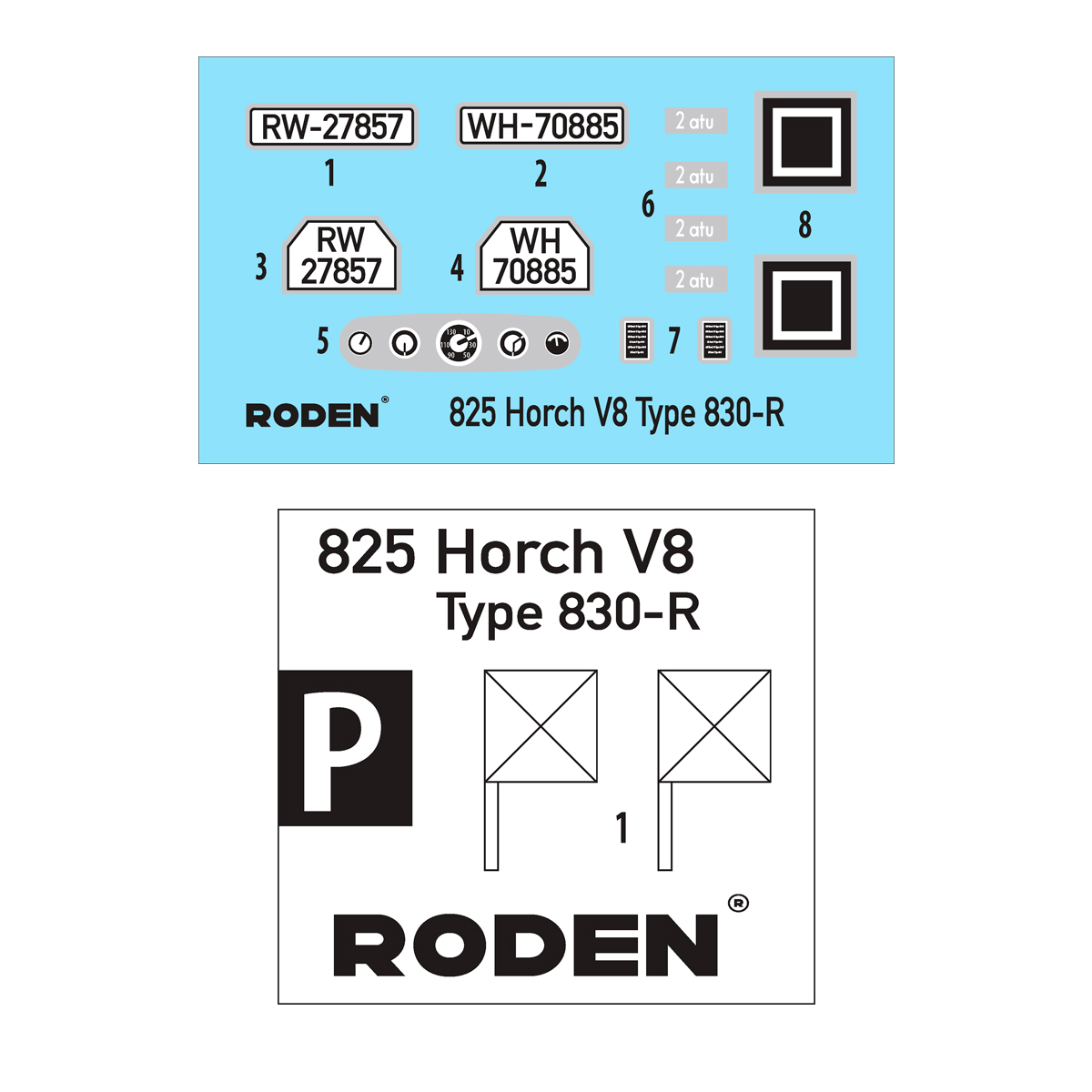
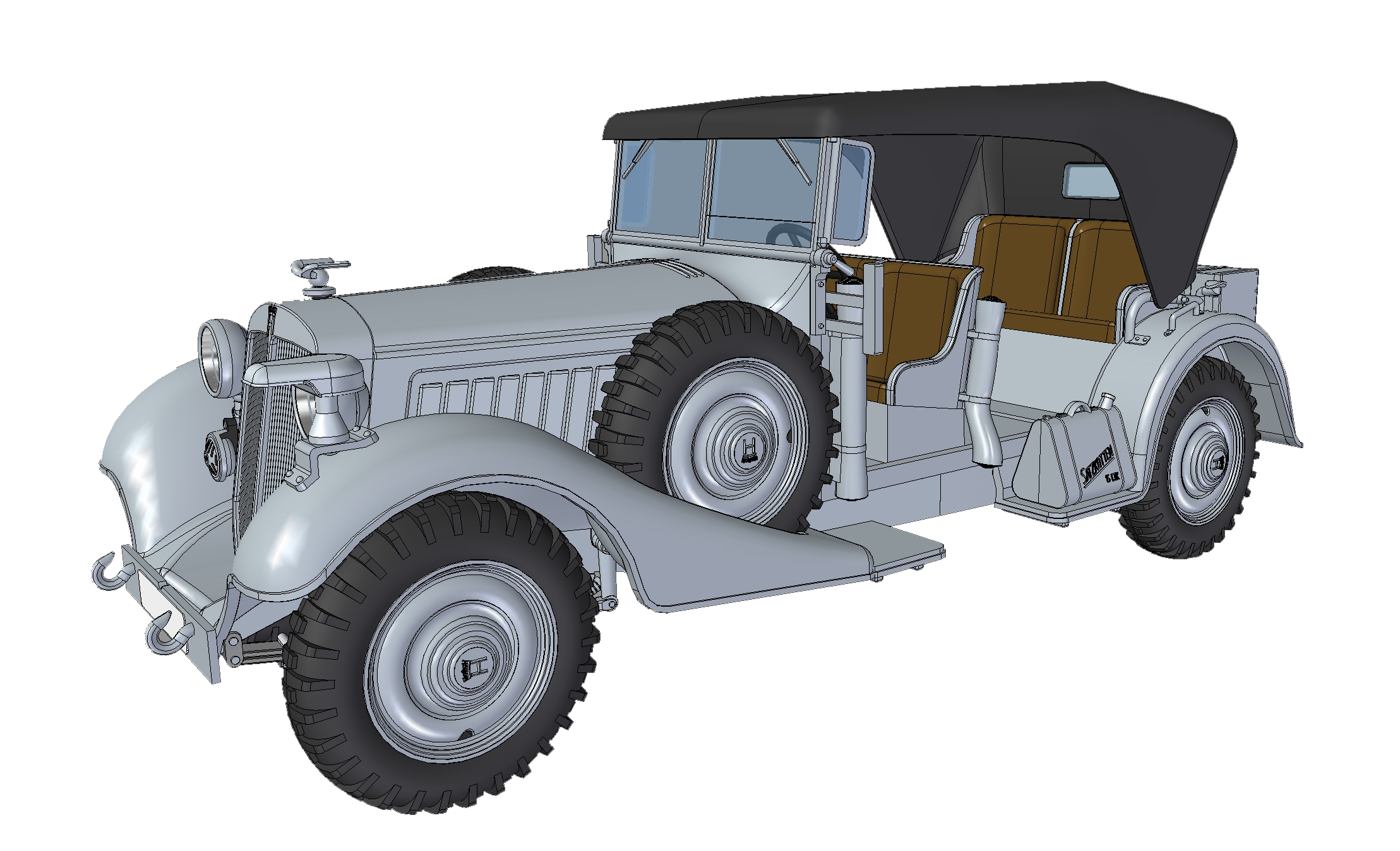


 Solicitud de ficha producto tipo SDS / Seguridad de producto
Solicitud de ficha producto tipo SDS / Seguridad de producto